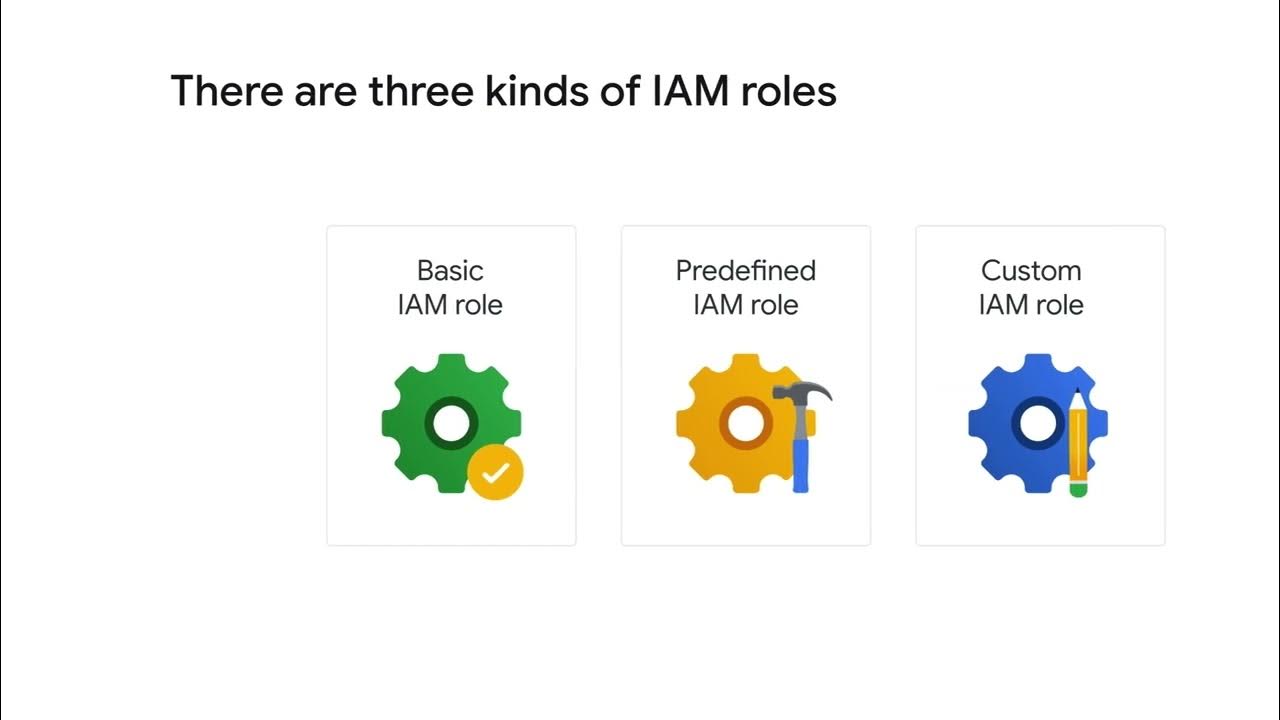Active Directory Groups - What are the Different Types of Groups?
Summary
TLDRActive Directory (AD) groups are essential for efficient network management, enabling administrators to manage user accounts and permissions centrally. The groups can be categorized into security and distribution groups, each serving distinct purposes. Security groups streamline permission assignments, while distribution groups facilitate email communication. Group scopes—Universal, Global, and Domain Local—determine the membership and access levels. Local groups provide flexibility independent of domain controllers. Additionally, Active Directory supports converting between group types under specific conditions, enhancing management capabilities. Overall, these features simplify administration and enhance resource access within organizations.
Takeaways
- 📍 Active Directory groups enable centralized management of objects and services, reducing the need to manage each computer individually.
- 👥 Administrators can utilize built-in groups or create custom groups to assign permissions and access rights efficiently.
- 🔑 Groups simplify administration by allowing permissions to be assigned to the group as a whole, rather than individual users.
- 📧 One of the primary uses of Active Directory groups is to create email distribution lists for efficient communication.
- 🛡️ There are seven types of groups in Active Directory, including domain groups (security and distribution) with three scopes: Universal, Global, and Domain Local.
- ⚖️ Security groups are used for assigning permissions to shared resources, while distribution groups are designed for email communication only.
- 🌐 Universal groups can contain users and groups from any domain in the forest, while Global groups are limited to the same domain.
- 🏗️ Domain Local groups can have members from any domain in the forest and are unique in that they can include users from outside the forest.
- 🔄 Group scope and type can be changed under certain conditions, allowing flexibility in managing user access.
- 💼 Solutions like Netri Group ID assist IT professionals in effectively managing group users and entitlements.
Q & A
What is the primary purpose of Active Directory groups?
-The primary purpose of Active Directory groups is to enable administrators to manage user accounts and other resources from a centralized location, simplifying permissions management and administration.
How do Active Directory groups simplify administration?
-Active Directory groups simplify administration by allowing permissions to be assigned to the group as a whole instead of to individual members, which reduces the time and effort needed to manage user access.
What are the main types of Active Directory groups?
-The main types of Active Directory groups are Domain Groups and Local Security Groups, with Domain Groups further divided into Security Groups and Distribution Groups.
What is the difference between Security Groups and Distribution Groups?
-Security Groups are used to assign permissions to shared resources, while Distribution Groups are specifically designed for creating email distribution lists and cannot be granted Windows permissions.
What are the three scopes available for Active Directory groups?
-The three scopes for Active Directory groups are Universal, Global, and Domain Local, each determining how the group can interact with other groups and resources.
What can Universal Groups contain?
-Universal Groups can contain users and groups from any domain in the forest and can be members of Domain Local groups or other Universal groups.
What is the significance of Domain Local Groups?
-Domain Local Groups can contain users, computers, and groups from any domain in the forest or trusted domains and are the only group type that can include members from outside the forest.
Can you convert a Global Security Group to a Universal Group?
-Yes, a Global Security Group can be converted to a Universal Group if it is not part of another Global Group.
What happens when a new member is added to an Active Directory group?
-When a new member is added to an Active Directory group, they automatically inherit the permissions and access rights associated with that group.
How do security-enabled distribution groups function in Microsoft Exchange?
-In Microsoft Exchange, security-enabled distribution groups allow administrators to send emails to a collection of users as a group, while still being able to assign permissions to resources.
Outlines

This section is available to paid users only. Please upgrade to access this part.
Upgrade NowMindmap

This section is available to paid users only. Please upgrade to access this part.
Upgrade NowKeywords

This section is available to paid users only. Please upgrade to access this part.
Upgrade NowHighlights

This section is available to paid users only. Please upgrade to access this part.
Upgrade NowTranscripts

This section is available to paid users only. Please upgrade to access this part.
Upgrade NowBrowse More Related Video

¿Qué es Active Directory y para qué sirve? | ManageEngine LATAM

What is Azure AD Connect | Benefits of Azure AD Connect | What is Hybrid Identity model

What is OU in Active Directory?

Authentication and authorization with IAM

COC3 | SETTING UP COMPUTER SERVERS TESDA - TAGALOG

"Group Types & Group Scopes" in Active Directory
5.0 / 5 (0 votes)